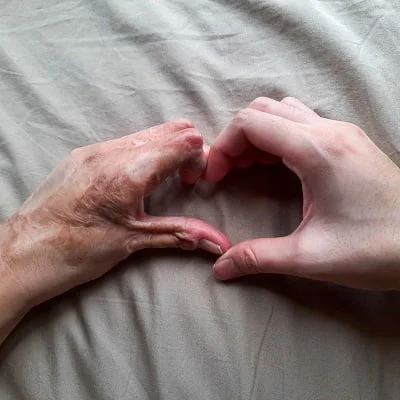Managing pain after Burn Reconstructive in Dubai involves a combination of medical, physical, and psychological approaches to ensure a full recovery while minimizing discomfort. Here’s an overview of effective pain management strategies:
1. Medication Management
- Opioids (short-term use): Strong painkillers like morphine, oxycodone, or hydrocodone may be prescribed immediately after surgery for severe pain. These should only be used for a short period due to the risk of dependence and side effects.
- Non-opioid analgesics: Drugs such as acetaminophen or nonsteroidal anti-inflammatory drugs (NSAIDs) like ibuprofen can help reduce mild to moderate pain and inflammation.
- Topical medications: Numbing creams or patches (e.g., lidocaine) can be used to numb the skin around the surgical site and reduce localized pain.
- Antidepressants or anticonvulsants: These medications, often used to treat nerve pain, can help manage neuropathic pain (pain from nerve damage) that sometimes occurs after burn injuries and surgeries.
2. Physical Therapy and Rehabilitation
- Gentle Range of Motion (ROM) Exercises: After the initial healing phase, physical therapy is crucial to maintain mobility and prevent contractures (tightening of the skin). Pain may increase during early therapy sessions, but consistent practice can help improve movement and reduce long-term discomfort.
- Massage Therapy: Once the skin heals, massage can help prevent scarring, improve circulation, and reduce the feeling of tightness in the skin, which often contributes to pain.
3. Wound Care and Skin Management
- Proper Dressing Changes: Burn sites often require special dressings (e.g., silver sulfadiazine, hydrocolloid dressings) to manage pain and promote healing. Carefully following the wound care instructions can prevent infections, reduce pain from exposed tissues, and promote faster recovery.
- Compression Garments: After reconstruction, pressure garments may be prescribed to reduce scarring and improve skin elasticity. These can also help reduce pain caused by the pressure or tightness of healing skin.
4. Psychological and Emotional Support
- Cognitive Behavioral Therapy (CBT): Burn reconstruction can be emotionally taxing, and psychological pain is often a significant component of post-surgical recovery. CBT can help manage the emotional impact, improve coping strategies, and reduce anxiety or depression that may amplify physical pain.
- Relaxation Techniques: Practices like meditation, guided imagery, and deep breathing can help reduce stress, lower pain perception, and aid in relaxation.
5. Alternative Therapies
- Acupuncture: Some patients find relief from chronic pain through acupuncture, which can help manage pain by stimulating specific points on the body to improve circulation and release endorphins.
- TENS (Transcutaneous Electrical Nerve Stimulation): A TENS unit can be used to apply mild electrical impulses to the skin, blocking pain signals and providing relief from chronic pain.
6. Nutritional Support
- Adequate Nutrition: Good nutrition promotes healing and helps to manage pain by reducing inflammation and supporting tissue repair. Protein-rich foods, along with adequate vitamins (especially vitamin C and zinc), can support wound healing and tissue regeneration.
- Hydration: Staying well-hydrated is crucial for optimal healing and reducing discomfort related to dry, tight skin.
7. Ongoing Follow-Up Care
- Regular Medical Check-Ups: Ongoing monitoring by a multidisciplinary team—including a burn specialist, surgeon, pain management specialist, and physical therapist—is vital to adjust pain management strategies, assess healing, and address any complications.
- Adjusting Medications: As healing progresses, your healthcare provider may adjust pain medications, moving from stronger opioids to more manageable alternatives, or incorporate different pain management techniques as needed.
8. Managing Scarring and Contractures
- Scar Treatments: Scar management techniques like silicone gel sheets or silicone-based creams can help reduce scar formation, which may alleviate pain related to tight, raised scars.
- Surgical Interventions: In some cases, additional surgical procedures may be needed to release contractures or correct deformities, which can reduce pain and improve functionality.
9. Support Systems
- Family and Social Support: Surrounding yourself with supportive family and friends can have a positive impact on pain management by reducing feelings of isolation and increasing emotional well-being.
- Peer Support Groups: Connecting with others who have undergone similar burn recovery experiences can provide valuable advice and emotional support.





Comments